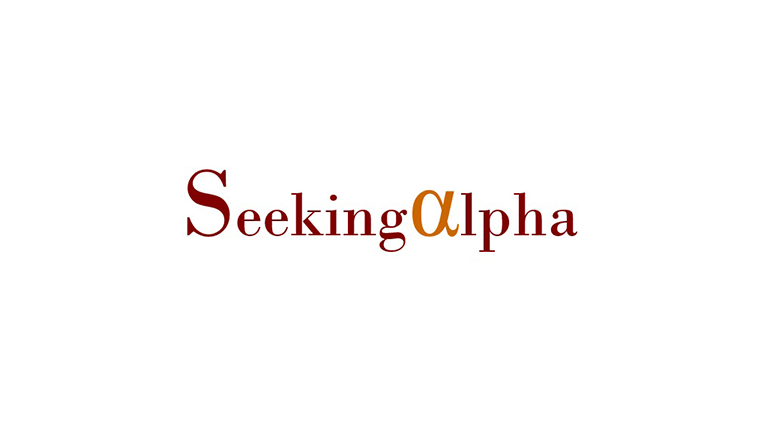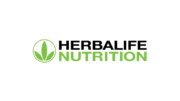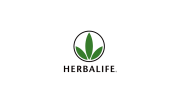Summary
- There is a great deal of controversy surrounding Herbalife, and it is much ado about nothing.
- The security is efficiently priced, and there isn’t much case for large movements in either direction.
- The stock is expensive on a EV/EBITDA but cheap on a P/S multiple.
Herbalife (NYSE:HLF) is reporting earnings on Feb 23, 2017, but this is unlikely to be a significant binary event regarding the long-term outlook for the company. Herbalife is a flat stock; it has plateaued, and there isn’t much case for a significant move in either direction.
While there is an argument for revenue growth – especially in the international market – Herbalife past its super-growth stage, and it will never regain growth stock valuations. On the short side, there is also a strong argument against the company. After all, revenue peaked in 2014, and there are much better options in the market for a 11.6 EV/EBITDA multiple. However, both parties are wrong. Herbalife is the definition of a fairly priced stock, and the controversy surrounding the company is a perfect example of how people tend to focus on things that don’t matter.
The Herbalife Opera
Herbalife’s coverage verges from weird to bizarre, but it is always entertaining. We see investment thesis predicated on factors baseless as Carl Icahn’s relationship with Trump, to cringe-inducing hypocritical moralizing from activist investors. Can someone explain why Ackman has such an ethical problem with Herbalife while he served on Valeant’s (NYSE:VRX) board the same time they were increasing drug prices over 1,000 percent overnight?
The truth about Herbalife is much less interesting than the Herbalife Opera would have you believe. Under the hood, this stock is the definition of boring, and it is so efficiency priced that any market-beating returns will be the result of luck, not investment skill.
Herbalife has an enterprise value of around $6.3 billion, TTM revenue has flatlined at around $4.3 billion for two years and declining EBITDA of $500 million. In the backdrop of a rapidly declining EBITDA, Herbalife’s 11.6 EV/EBITDA multiple seems expensive, and 6-8 seems more appropriate. However, Herbalife’s revenue has held up better than EBITDA, and it is clear the market is valuing the company based primarily on revenue – as it should in light of its low Capex requirements and 81% gross profit margin.
Regarding price to sales, Herbalife is pretty cheap at 1.14, especially compared to its peers – none of which, however, are truly comparable in business model.
The market sees Herbalife as a plateaued company whose days of significant growth are behind it. However, it is not punishing the company as much as it could for both the significant revenue declines sustained in the last few years and the regulatory headwinds in the U.S. Herbalife’s international diversification, and natural expansion into the East Asian market negate these concerns.
Even if sales decline in the U.S, Chinese sales can easily negate the drop due to much higher margins in the country. If Chinese sales disappoint in the short-term, the fast-growing middle class will provide a constant flow of potential customers and wannabe entrepreneurs.
Conclusion
Despite the drama, Herbalife is a remarkably boring company and the stock is efficiently priced. While they firm may run into regulatory headwinds in the U.S, possible revenue losses will be quickly negated by the high margin Chinese business. The company looks overvalued on a EV/EBITDA multiple, but downright cheap on a P/S multiple.
That being said, going long Herbalife is just as bad as going short. Sales are declining rapidly, and there isn’t much of a case for growth in either the short or the long term. The most this company can hope to achieve is to negate downward pressure in developed markets via less developed ones, but this is not guaranteed to work.
Article source: SeekingAlpha.com






Be the first to comment on "Herbalife: All Of You Are Wrong"